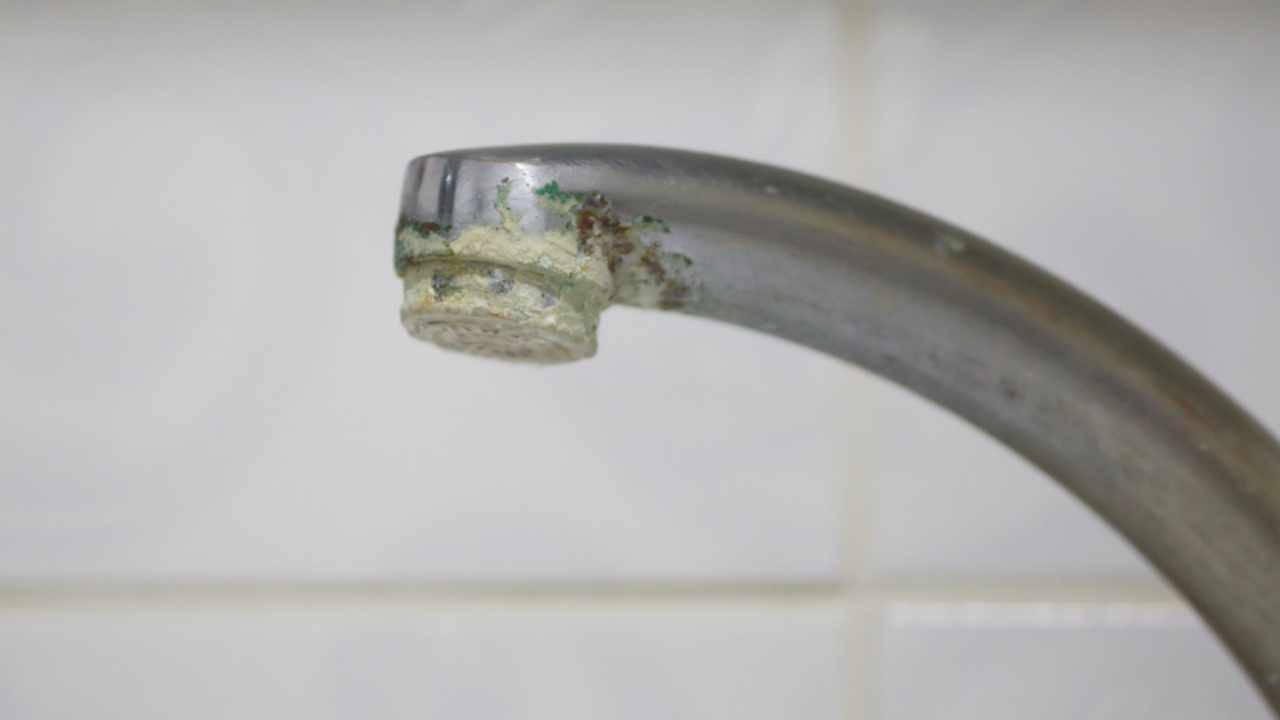Nobody Thinks About It but the Solution is Very Simple: Goodbye to Filters and Caps Full of Limescale
Faucet filters and caps frequently encounter limescale buildup, especially in areas where the water is rich in minerals like calcium carbonate. This issue not only tarnishes the appearance of the tap with stains but also clogs the filter pores, diminishing their effectiveness. It restricts water flow and prevents proper delivery into the tap caps. Over time, it may lead to severe conditions, like persistent drips or even faucet damage. In this article, we’ll explore two simple methods to solve the problem in the blink of an eye.

2 ingredients are enough to remove limescale from filters and caps
To eliminate limescale from filters and tap caps, vinegar proves to be a valuable ingredient. The acetic acid in vinegar efficiently breaks down limescale deposits, restoring the taps to a functional and shiny state. For heavily encrusted filters, add vinegar in a plastic bag and wrap it around the faucet to achieve a soaking effect for 30 minutes. For lighter deposits, use a toothbrush soaked in vinegar to scrub the filter.

Baking soda, renowned for its limescale-eliminating properties, can be effectively used. Disassemble the filter, create a mixture with water, apply it to the filter, and rub it with a file. Rinse thoroughly and reassemble it. Vinegar and bicarbonate of soda are versatile solutions for eliminating limescale around taps, restoring their shine effectively.
For long-term effectiveness in tap filter maintenance, it’s recommended to perform regular cleaning, ideally every three months or more often if the water is particularly hard.
Prevention is key to avoiding new limescale accumulations. To do this, you can use anti-limescale filters. These tools use a material called zeolite, known for its ability to absorb calcium and magnesium in water, making it a valuable resource for keeping limescale at bay.





